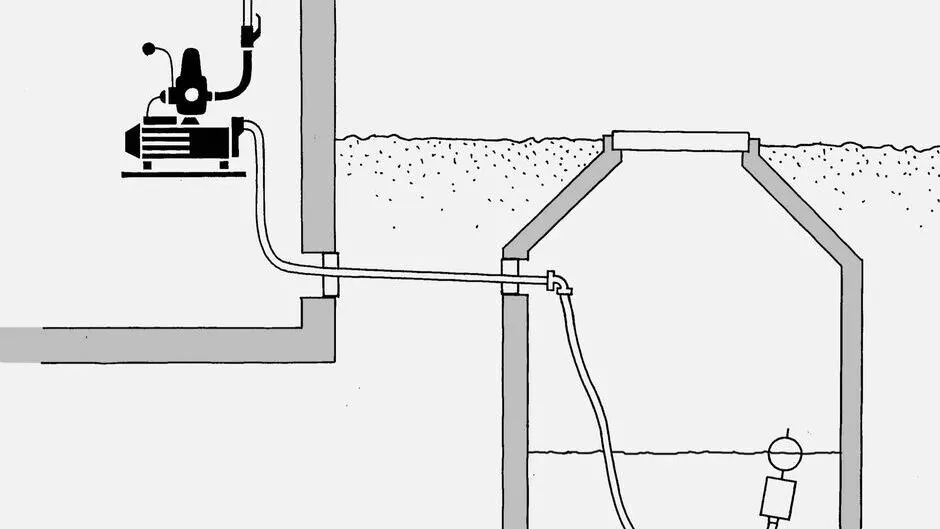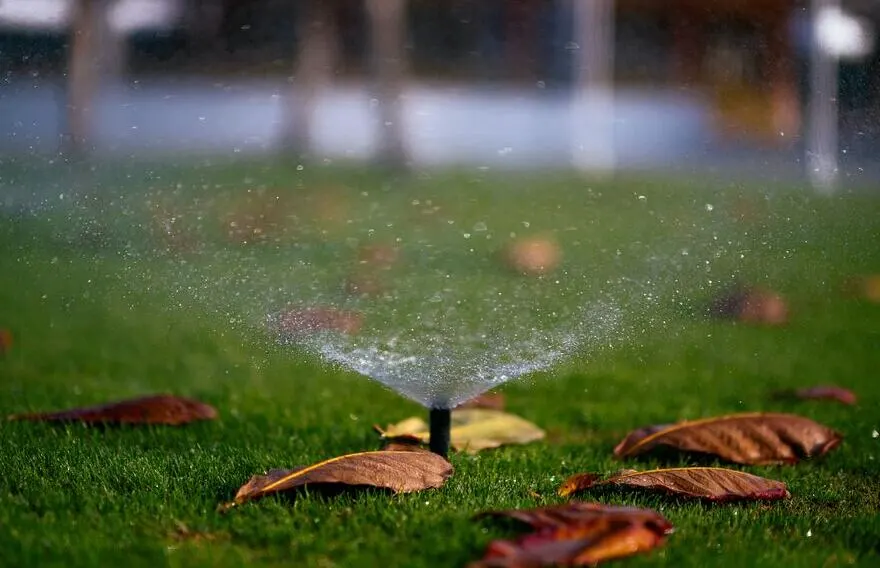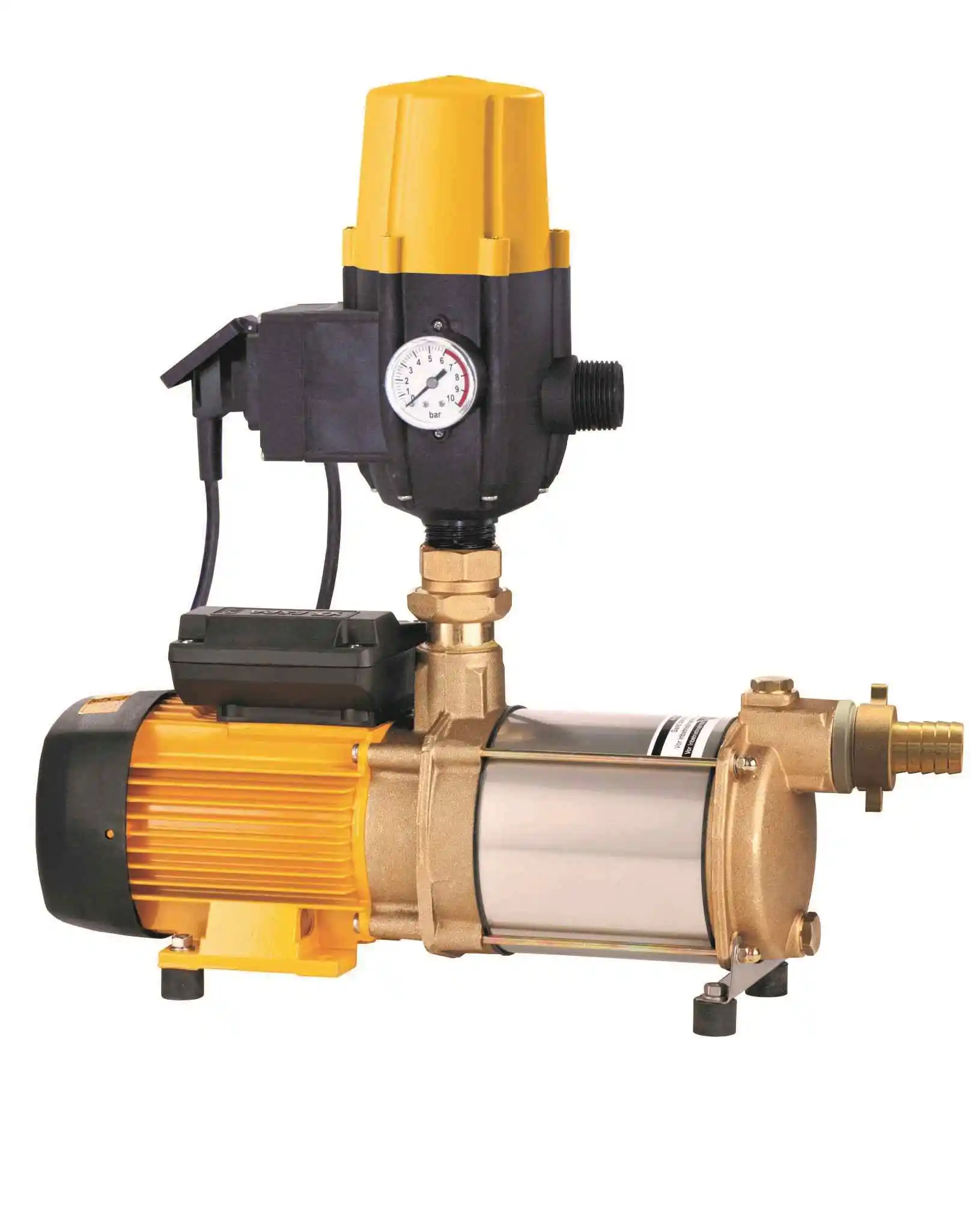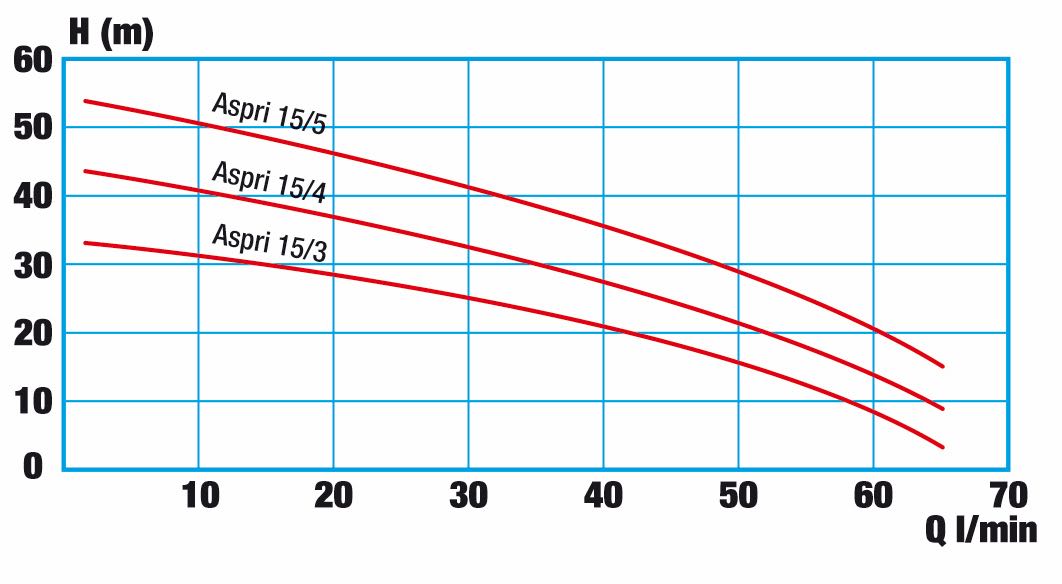When the garden pump is no longer drawing water
A well-functioning garden pump is essential for watering and maintaining your garden. But what happens if your pump suddenly stops drawing or pumping water?
The solution to the problem differs depending on whether you are using a suction pump or a submersible pump. Suction pumps are positioned at the top and draw or suck water from a container. Submersible pumps are positioned in the tank and push the water upwards.
Problems with suction pumps can have various causes, ranging from simple solutions to more complex repairs. Whether you already have gardening experience or are just discovering your green thumb: This post will give you advice on how to fix your pump if your water pump is no longer sucking up water properly.
Causes can be different
If your garden pump no longer draws in water, this can have various causes. Common problems include air in the suction pipe, defective seals, problems with the suction height, blocked pipes or a faulty power supply.
Pump has not been vented: Both suction and pressure pumps must be vented before commissioning. This ensures that there is no air left in the pipe or pump housing, which would prevent your garden pump from pumping water. You can see how this is done for pressure pumps in this video, for suction pumps you can find out more here.
Defective seal: A defective seal can cause air to enter the suction line. As a result, your garden pump draws in air and no longer draws in the water properly. Therefore, check the seals at the connection points of the suction hose of your pump and replace them if necessary. Ensure that the screw connections are correctly seated and tighten them firmly.
Check the suction height: The suction height is the maximum height from which a suction pump can draw in water. In purely physical terms, the maximum possible suction height of the best vacuum pump is 9.8 metres at sea level. This value decreases with decreasing air pressure and is significantly lower at an altitude of 2000 metres, for example. Normal garden pumps are comparatively inexpensive and have a maximum suction height of 4 to 6 metres. If this height is exceeded, the pump can no longer draw water. Make sure that the suction height of your pump is not exceeded and that the suction line is free of air bubbles.
Clear blockages: Blockages in the suction pipe or filter can prevent the pump from drawing in water. Therefore, check the suction line and filter of your pump for blockages and clean them thoroughly.
Check the power supply: If the pump is not drawing water, this may also be due to an interruption in the power supply. Therefore, check the power supply to your pump and make sure that it is properly connected and that the fuse and RCD in the house's fuse box are switched on.
Localise the problem and take action
Understanding the cause of the fault is the key to a successful repair.
It is advisable to take time to identify the problem yourself before seeking professional help. This can not only save time, but also money.
Some basic steps to locate and fix the problem include:
Determine cause: Identify the exact cause of the garden pump not drawing water. This can be done by checking the possible causes mentioned above, such as lack of ventilation, defective seals, problems with the suction height, blockages or interruptions in the power supply.
Self-help: If the problem is easy to fix, such as removing a blockage or replacing a faulty seal, you can probably take the necessary steps yourself to get the pump running again.
Professional help: If the problem is more complex or you are unsure how to solve it, you can get help. Perhaps you know someone in your circle of friends who can help you. Of course, a specialist can also make a precise diagnosis and you can have the garden pump repaired professionally. The best way to do this is to contact the company that installed the pump or the manufacturer of the pump.
Remember that a timely repair of your garden pump not only ensures that your plants can always be watered, but also that long-term damage to the pump is prevented. In particular, prolonged dry running of suction pumps leads to the failure of internal seals, which is usually irreparable. If your pump is no longer drawing water from the well or your rainwater cistern, you should rectify the problem as soon as possible to prevent damage and ensure a reliable water supply.

Tipp: Ersatzpumpe finden
Wenn Ihre Pumpe kein Wasser mehr aus dem Brunnen oder der Regenwasserzisterne fördert, sollte die Ursache möglichst zeitnah behoben werden. In einigen Fällen kann es sinnvoll sein, die Pumpe auszutauschen.
Für den Einsatz in Regenwassernutzungsanlagen und zur Förderung von Wasser aus dem Brunnen stehen verschiedene Modelle zur Verfügung – vor allem Unterwasser-Druckpumpen, die direkt im Speicher oder Brunnen montiert werden und das Wasser nach oben fördern. Diese Pumpen sind für den Dauerbetrieb ausgelegt und arbeiten zuverlässig auch bei schwankendem Wasserstand.
Mehr Informationen sowie alle verfügbaren Modelle finden Sie auch in unserem Bereich zu Regenwasserpumpen.
Regular maintenance and cleaning
Regular maintenance and cleaning of your garden pump is essential to maintain its performance and extend its service life. It is advisable to clean the pump in spring at the start of the gardening season and in autumn at the end of the season and to check that the components are working properly.
Clean the filter: Check the filter of your pump and clean it thoroughly to avoid blockages. A clogged filter reduces the amount of water pumped and, in the worst case, can result in the pump no longer drawing any water at all.
Check the suction pipe: Inspect the suction pipe for blockages or damage and clean it if necessary. A clear suction line filled with water is essential for the pump to function properly.
Check seals: Check the seals of your pump for wear or damage and replace them if necessary. Defective seals can cause the pump to suck in air instead of water.
Regular maintenance and cleaning of your garden pump not only supports its longevity, but can also help you save money by avoiding expensive repairs or the purchase of a new pump. By replacing faulty elements of the pump, you can ensure that it works efficiently and reliably, providing you with a constant supply of water for your garden.
Protect the garden pump from low temperatures
Garden pumps are particularly susceptible to damage in cold winters, as frozen water can damage the pipes and mechanisms. It is therefore important to protect your pump from frost and the effects of low temperatures to avoid having to purchase a new pump every year.
Frost-proof your garden pump: The most important thing is to drain the pump and pipes before the onset of frost periods. This prevents the water in the pipes from freezing and causing damage. If possible, bring your pump indoors or into a frost-free area.
Pumping water from a well: If you pump water from a well and also rely on it in winter, it is particularly important to protectthe pump from the cold. It may be useful to place a heater or heat lamp near the pump to protect it from frost. Ensure that the heat source is safe and warms the pump sufficiently to prevent freezing.
Insulating the pump: Another way to protect your garden pump from low temperatures is to insulate the pump and pipes. Use insulating materials such as foam or insulating blankets to protect the pump from freezing. Make sure that all parts of the pump are well covered to prevent freezing. Please note that the insulation only delays the cooling of the pump and may help it to survive a night frost. However, if the temperatures remain below zero for several days, the frost will also penetrate through the insulation into the pump.













